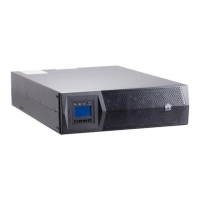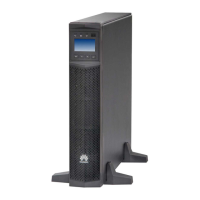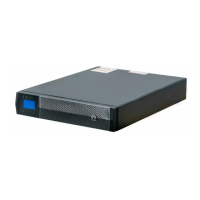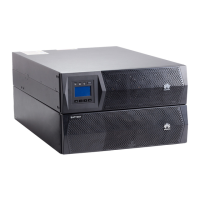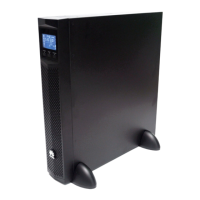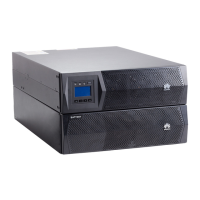Why is my Huawei UPS battery discharge time so short?
- MMark MartinSep 4, 2025
The battery discharge time may be shorter than expected because the batteries are not fully charged. To resolve this, charge the batteries for at least 8 hours when the mains is normal, and then test the discharge time again. Alternatively, the battery performance might have deteriorated, in which case you should contact local technical support to replace the batteries.
